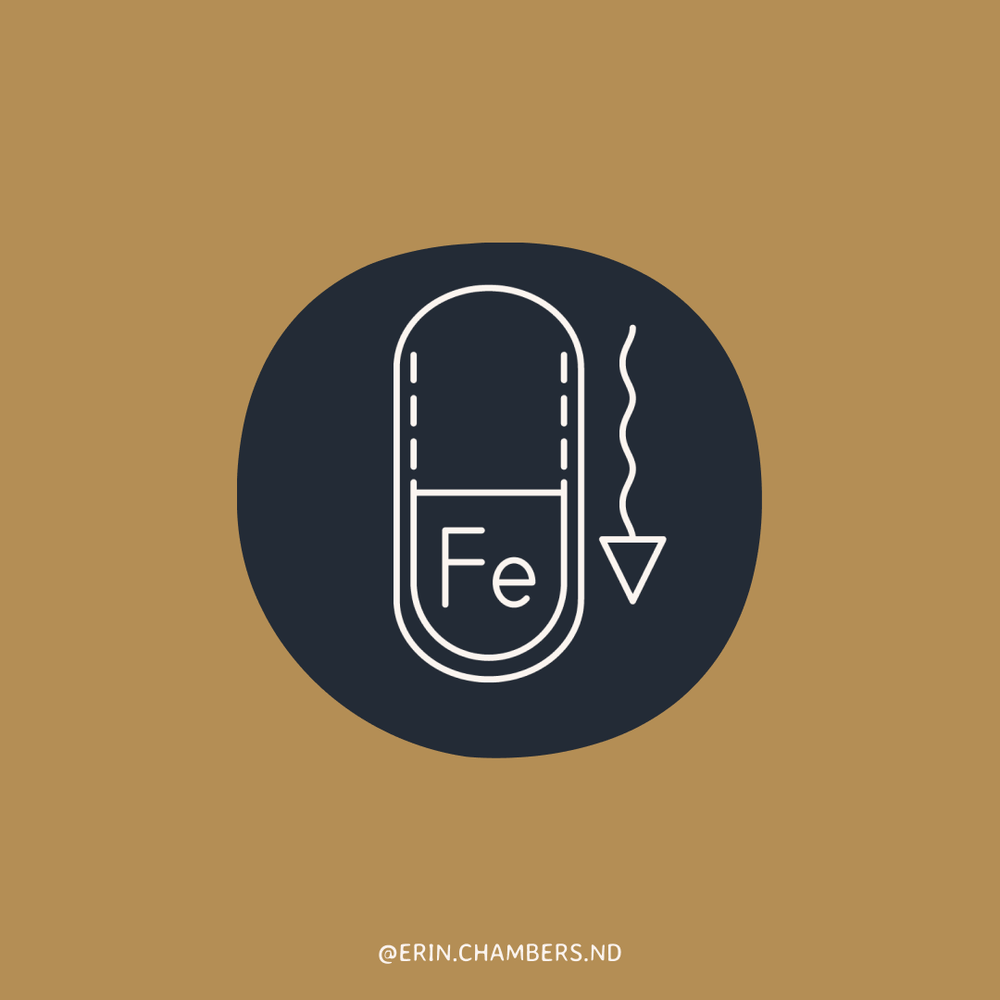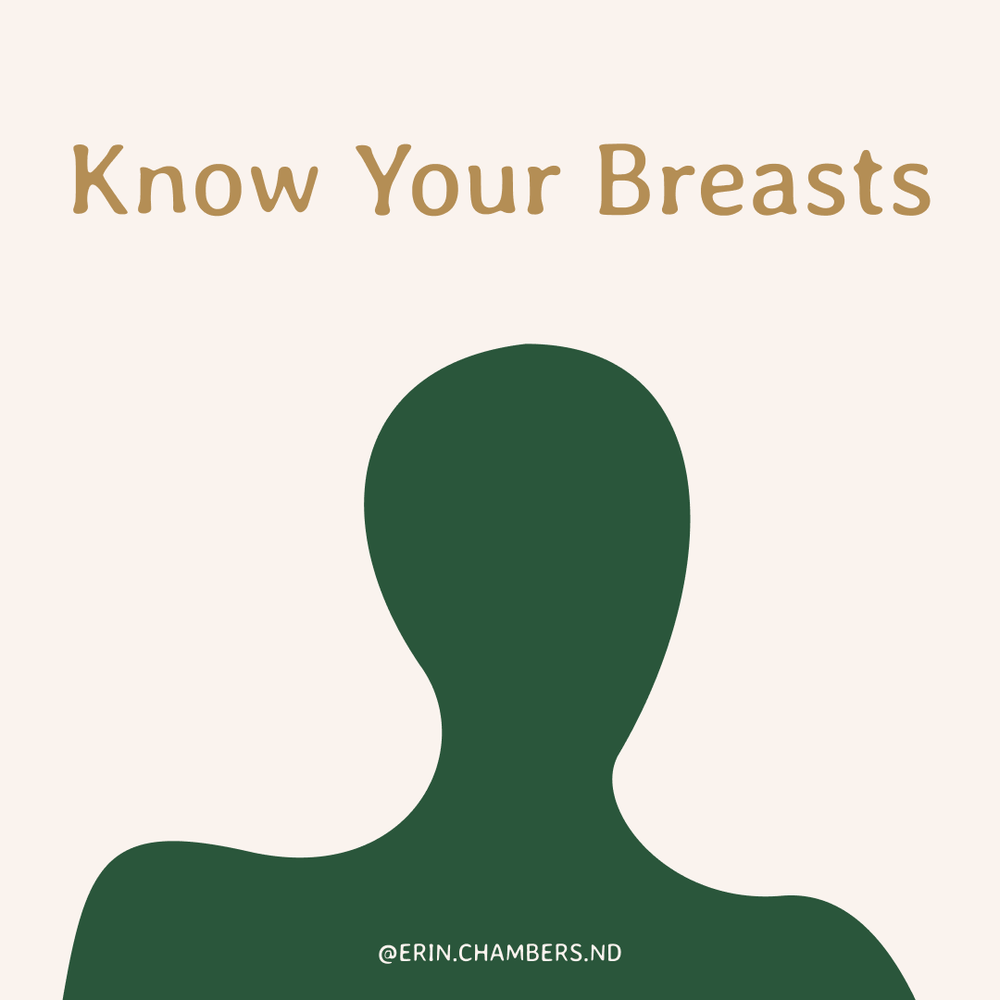Spotting, Testing, and Treating Iron Deficiency Head-On


In Canada, iron deficiency in the overall population is estimated to be about 10.5%. For women of reproductive age, it’s much higher at 21.3%, and the highest rate of iron deficiency in Canada (and globally) is amongst pregnant females. In fact, in 2022, a UBC study of 60 pregnant women showed that 80% had iron deficiency. This was despite taking iron supplements that contain 100% of recommended daily iron.
Iron is critical for immune function, and if you’re not getting enough (which a lot of us aren’t!), you could experience a host of different health problems, including iron deficiency anemia. And while we’d love to get all of our essential vitamins and minerals from our diet, we sometimes need a little help from supplements or intravenous iron infusions to make sure we’re getting enough to stay healthy.
Iron’s many jobs
Iron is the central component of hemoglobin, the protein in red blood cells that carries oxygen from the lungs to every tissue in the body. Oxygen is the fuel that powers our cells, allowing them to function properly and generate energy. Iron does a lot in the body, including:
- Energy production: Iron is the conductor of cellular respiration, the process by which our cells convert food into energy, so it helps ensure efficient energy production.
- Building and repairing tissues: Iron is essential for the production of myoglobin, a protein found in muscle tissue that stores and delivers oxygen. It also plays a role in collagen synthesis, which is important for healthy skin, bones, and connective tissues.
- Supporting immune function: Iron helps white blood cells fight off infections and promote wound healing, both of which are key to the functioning of your immune system.
- Brain development and function: Iron is vital for healthy brain development and cognitive function, supporting the creation of neurotransmitters, the chemical messengers that allow brain cells to communicate with each other.
What symptoms should you be looking for in iron deficiency?
Deficiency can lead to a range of symptoms, including:
- Fatigue and weakness: Due to reduced oxygen delivery to tissues, you might feel fatigue, exhaustion, and lack of energy.
- Pale skin: Lack of hemoglobin can cause the skin to appear pale or yellow.
- Shortness of breath and dizziness: Reduced oxygen transport can lead to dizziness and shortness of breath, especially during physical activity.
- Headaches and cold hands and feet: Poor blood circulation can bring on headaches and cause the extremities to feel cold.
- Restless legs syndrome (RLS): RLS affects the nervous system, causing feelings of tingling, creeping, or pulling in the legs.
- Hair loss: Lack of hemoglobin can prevent your body from stimulating hair growth and cause it to fall out, even mimicking male- or female-pattern baldness.
- Anxiety: Iron helps your body synthesize the “feel-good’ neurotransmitters dopamine, serotonin, and norepinephrine. Without enough iron, your body produces less of these chemicals, which can cause you to feel sad, nervous, or
Iron-deficiency Anemia
Low iron can compromise oxygen delivery throughout the body, potentially leading to iron-deficiency anemia, a condition characterized by changes to and decreased production of red blood cells, in addition to low iron markers.
Iron-deficiency anemia symptoms can also include brittle hair and nails, tinnitus, spoon-shaped nails, and paleness in the inner lining of the eyelid, in addition to the symptoms listed above.
If you’re experiencing these symptoms, it’s important to get your blood tested to determine the best course of treatment. Testing will usually include both an iron panel and a complete blood count (CBC).
To learn more about iron deficiency and how to treat it, consult with your naturopath or GP.
Testing for iron deficiency and iron deficiency anemia
A complete iron panel includes:
- Complete blood count (CBC): Red blood cells’ size and composition
- Ferritin: A marker of iron storage
- Serum iron: How much free iron is in the blood
- Transferrin: Iron’s protein carrier in the blood
- Iron saturation: How saturated the iron carriers are
Conventionally, only a CBC and ferritin are tested, but the full panel gives us the whole picture of what’s going on with your iron and how it could be affecting you. The problem with only testing ferritin is that ferritin is also a marker of inflammation independent from iron status, so it can mask an iron deficiency.
I often see ferritin levels in the 50+ range, which is by definition not considered iron deficiency, alongside other iron markers that do indicate iron deficiency. Someone in this situation does need iron, but it wouldn’t get prescribed without having all the information.
If you’d like to get your iron checked and see if iron therapy might be right for you, book an appointment.
Treatment for Iron deficiency
Surprise, it’s iron! That is either going to come from food, oral supplements, or iron infusions (IVs).
Dietary Iron
If you’re trying to boost your dietary iron, foods like red meat and poultry, seafood, eggs, beans and lentils, and leafy greens are all packed with iron. With leafy greens especially, it’s a good idea to pair them with Vitamin C to increase your body’s iron absorption.
Oral supplements
Oral iron is a first-line treatment for iron deficiency and iron deficiency anemia. Many forms of iron exist but the best one for you depends on the lab readings, preference, and tolerability. The side effects from oral iron can include nausea, constipation, diarrhea, abdominal pain, heartburn, metallic taste, and black stool.
Iron infusions
Iron infusions are typically recommended for people who have:
- Severe iron deficiency anemia: When oral iron supplements fail to raise iron levels enough, infusions offer a faster and more effective way to replenish iron stores.
- Resistance to oral iron supplementation: this could be due to side effects as previously mentioned, or to the numbers on the lab results not improving.
- Gastrointestinal issues that limit iron absorption: Oral iron can be poorly absorbed in individuals with conditions like Crohn's disease or celiac disease. Infusions bypass the digestive system, ensuring adequate iron absorption.
- Undergone blood loss: Patients who have experienced significant blood loss, such as due to surgery or childbirth, may benefit from iron infusions to restore iron stores quickly.
Iron infusions are administered intravenously, bypassing the digestive system and delivering iron directly into the bloodstream. This can rapidly increase iron levels, providing relief from symptoms and promoting overall health.
Don’t go it alone
Working with a healthcare professional is important for your iron care. They will look into and treat what’s causing your iron deficiency in the first place, make sure your iron supplementation strategy is indicated and safe for your health, and find you the form of iron that works best with your system.
Iron for the win!
Iron is a critical mineral for our bodily health, and too-low levels can cause a number of different health problems. And while we’d love to get all of our essential vitamins and minerals from our diet, we sometimes need a little help from supplements.
For some of us who struggle to get enough iron even with oral supplements, iron infusions might do the trick. However you get it, it’s important to make sure you’re getting enough iron to keep yourself healthy and energized.
If you’d like to learn more about your own body’s relationship with iron, you can book an appointment with Dr. Erin.


